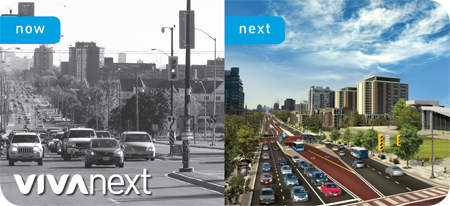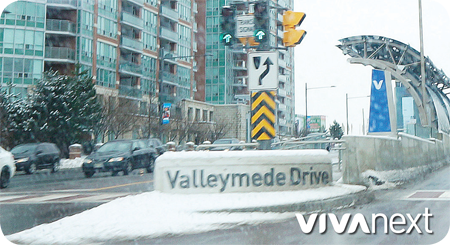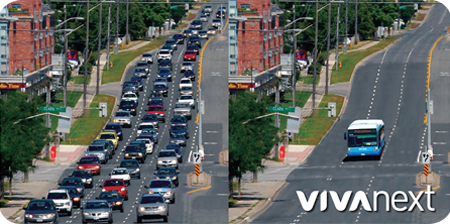Despite the freezing temperature and winters’ refusal to leave, spring is just around the corner and the birds are starting to chirp in celebration. With spring thoughts in mind, we often think about home projects or renovations. If you’re dreaming of a fresh look for any part of your home, then there’s no better place for you to go than your local home show where anything and everything you’ll need is in one place. It is wonderful to shop local and support our local businesses and merchants.
The vivaNext team has a booth at the home show because warmer weather also brings with it busy construction schedules on the Regional roads and we want to share with you what is going on. So, if you’re at the Markham Spring Home Show this weekend, stop by and visit. We’ll tell you what’s new on our projects in Markham, Newmarket, Vaughan and Richmond Hill. Like renovating your home, the construction projects vivaNext has underway will bring long-term benefits. Our construction projects are bringing change to York Region in the form of rapidways — dedicated lanes for viva vehicles. We hope you have checked out the first section on Highway 7 in Richmond Hill and Markham, now open. Rapidways make it faster and easier to travel on viva throughout York Region with up to 40% time savings, and help set the stage for great destinations to live, work, shop and play.
The Markham Spring Home Show is host to over 100 vendors. Meet with renovation or home decor experts, take part in a workshop or two, or enjoy some lively entertainment. And, don’t forget to visit the vivaNext team at our booth too.
Looking forward to seeing you there!
Markham Spring Home Show at the Markham Fair Grounds – 10801 McCowan Road, [McCowan/Elgin Mills], Markham [click on map for driving directions]
Friday February 28, 2014 12:30 pm to 7:30 pm
Saturday March 1, 2014 10 am to 6 pm
Sunday March 2, 2014 11 am to 5 pm










